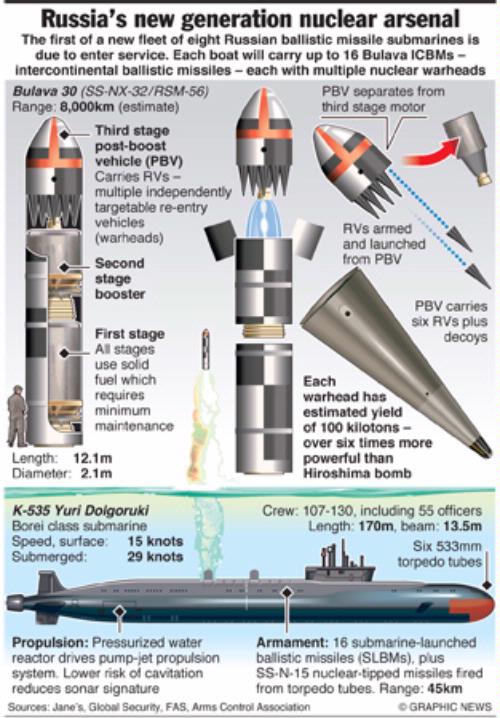In late November 2015 BBC journalist Rupert Wingfield-Hayes was conducting a BBC private Freedom of Navigation Operation (FONOP) near Mischief reef claimed by China. Wingfield-Hayes recorded the (late Nov or a week later voice...?) of an Australian RAAF airman whose Orion maritime patrol aircraft (see Youtube below) had been contacted by a Chinese Navy chap on an island. Wingfield-Hayes published an article on Dec 14-15, 2015 describing the encounter:
""China Navy, China Navy," the voice said. "We are an Australian aircraft exercising international freedom of navigation rights, in international airspace in accordance with the international civil aviation convention, and the United Nations Convention on the Law of the Sea - over."
We heard the Australian message being repeated several times, but did not catch any response from the Chinese side.
The purpose of such flights is to demonstrate to China that countries like Australia and the US do not recognise its newly manufactured islands.
But they do exist and China is already enforcing a 12-nautical-mile exclusion zone around them, or trying to. At Fiery Cross the warnings began at 20 miles..."
Late November 2015 BBC journalist Rupert Wingfield-Hayes' BBC FONOPs near Mischief reef when he recorded an Australian Orion aircraft talking to the Chinese Navy. A longer explanatory Youtube is here.
---
---
The blue dots are some of the Spratly islands/reefs China is building up/fortifying in the South China Sea. Mischief reef is particularly contentious as it is only about 200 km from the Philippines island of Palawan (the BBC private aircraft FONOPS took off from Palawan then landed there). Philippine fisherman have long shared waters around the reef with Chinese and other fisherman, but now the waters are "China only". Strategic position and suspected undersea oil are worth more. (Map courtesy Philippine Government via BBC).
---
---
COMMENT-BACKGROUND
Australia clearly did not want to escalate the FONOPS to a fully publicised USS Lassen style confrontation. So a rhetorical device was constructed of a UK journalist (conducting a BBC FONOPS...) just happening to pickup an Australian-Chinese radio discussion (during a vague multi-day period).
Anyway China subsequently commented, but none too severely.
Chinese Foreign Ministry Spokesperson Hong Lei responded mildly on December 15, 2015 to "Dorothy Dix Questions" about Australia's and the BBC's South China Sea FONOPS.
"Q: According to the BBC, an Australian military aircraft might have taken part in a freedom of navigation flight in the South China Sea in late November or early December. Is the Chinese side aware of that? What is your response?
Q: In late November, BBC journalists took a civilian aircraft around four reefs built by China in the South China Sea. They were warned off by the Chinese navy each time and they were further than 12 nautical miles from these reefs. Given that the United Nations Convention on the Law of the Sea says that artificial islands do not have maritime territorial rights, how does that qualify as freedom of navigation being unaffected by China’s construction activities?
A: China has indisputable sovereignty over the Nansha islands. While exercising freedom of navigation and overflight in the South China Sea in accordance with international law, relevant countries should respect China’s sovereignty and security."
No missiles or guns fired. May it stay that way.
Pete
No missiles or guns fired. May it stay that way.
Pete





























